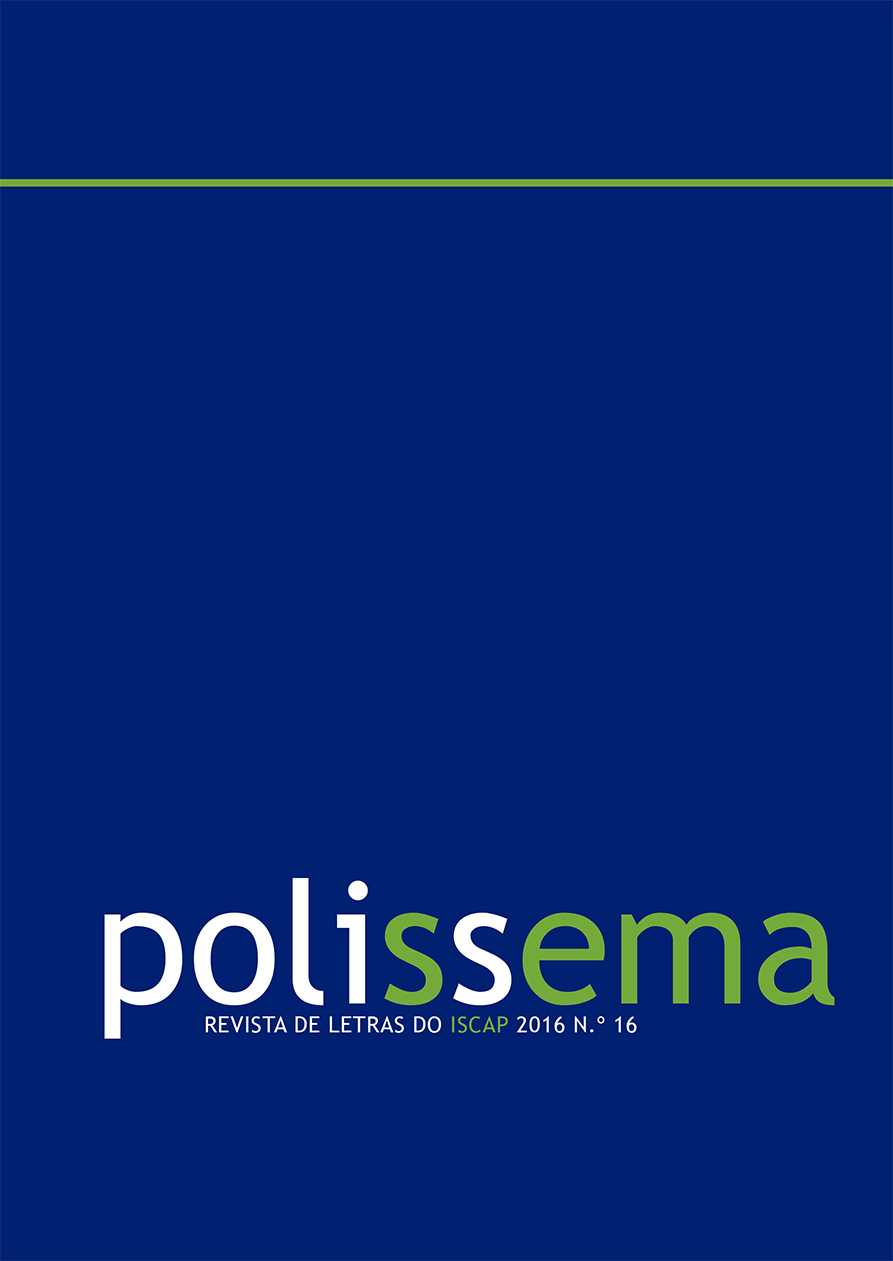AN EMPIRICAL LONGITUDINAL STUDY ON DÉCALAGE AND ITS RELATIONSHIP TO PROGRESS IN A GROUP OF SIMULTANEOUS INTERPRETING STUDENTS
DOI:
https://doi.org/10.34630/polissema.v0i16.2961Keywords:
décalage, ear-voice span, students, measurement, interpreting, simultaneousAbstract
Ear-voice span, or EVS, has been defined as one of the most useful tools in simultaneous interpreting practice as it facilitates the management of the incoming and outgoing information flows that interpreters process. The purpose of this paper is to analyze the average EVS of a group of simultaneous interpreting students in three different moments of the academic year. The average EVS between source text production and target text production of a number of keywords is measured to evaluate whether the expected increase of the quality of their interpretations with regular and systematic practice may partially be the result of an increase of their EVS. The results showed an increase of the EVS in the majority of the cases. However, this rise was not statistically significant. The results suggest a link between a longer EVS and an increase in the quality of their interpretations.
Downloads
Published
How to Cite
Issue
Section
License
Copyright (c) 2016 POLISSEMA – ISCAP Journal of Letters

This work is licensed under a Creative Commons Attribution-NonCommercial-NoDerivatives 4.0 International License.


